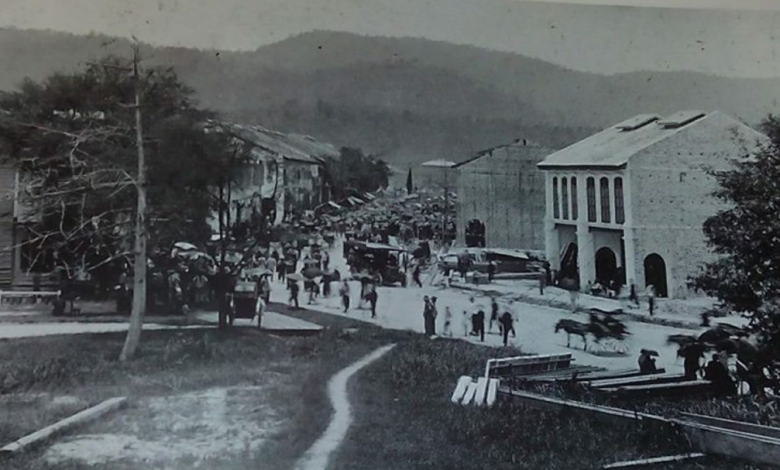

By Anne Das
Recently, I had the opportunity to join a heritage tour led by Sundra, a pioneer of Ipoh Heritage Walk.
We embarked on a captivating journey through Papan’s storied past. Joining his tour this time was a group of nearly 15 people, from all over the country and all walks of life. We set off on a journey through time, eager to unravel the hidden stories of this seemingly forgotten town.
This was my second visit after 11 years, hence I was so intrigued to see what changes had taken place since my last visit here. As we strolled along the quiet streets of unassuming Papan, nothing much had changed at first glance. It still had old shophouses lining the main street, their weathered facades and overgrown surroundings still giving off an eerie “I Am Legend”-like energy. But in reality, beneath the crumbling buildings and encroaching vegetation lay the remnants of nearly two centuries worth of history.
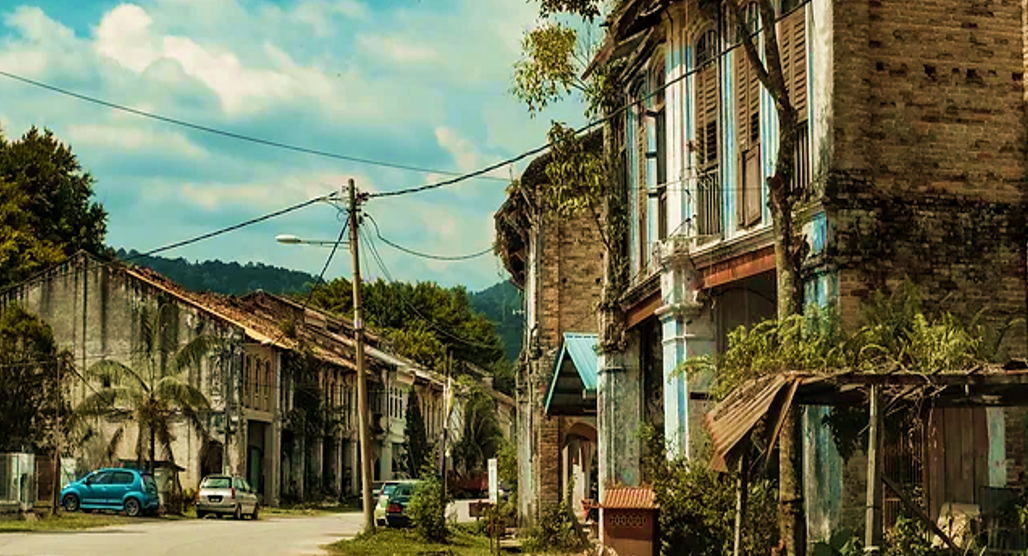

Papan’s origins can be traced back to the 1840s, the town’s name, Papan, meaning ‘plank’ in Malay, reflected its original purpose of supplying premium wood for boats, buildings and furniture. Over time, Chinese miners arrived and began tapping into the rich tin deposits here. Papan, under British rule since 1875, thrived as a tin mining town during the 1880s with the help of Raja Asal and later Raja Bilah. However, it also faced challenges, including a violent clash between rival secret societies in 1887.
This town endured the hardships of World War II, Japanese occupation, and the disruptions caused by the Malayan Communist Party. These challenges took a toll on the town’s tin industry, and even after the war, it struggled to recover, leaving the once-lively town a mere shadow of its former self.
Despite its tumultuous history, Papan continues to hold remnants of its former glory. The town boasts many historical sites, including the renowned clinic of Sybil Kathigasu, a war heroine known as the “Florence Nightingale of the East.”
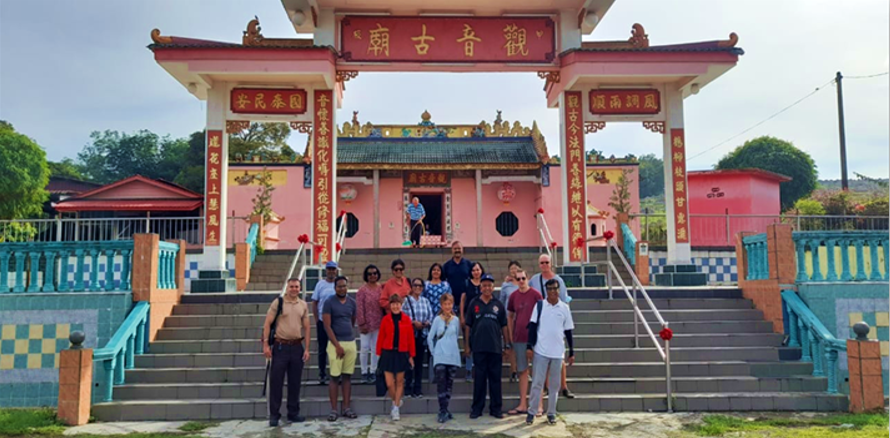

Our first stop, Papan Guan Yin Gu Miao – Chinese Temple, was first built in 1847 and then rebuilt in brick in 1898. The ornate architecture and intricate designs left us in awe as we lit incense and wished for an abundant 2023.
Next was visiting the House of Sybil Kathigasu herself. This humble clinic played a pivotal role during the Japanese Occupation, where wounded soldiers of the Malayan Peoples’ Anti-Japanese Army received medical aid. The artefacts and stories shared within its walls paint a vivid picture of courage and resilience during challenging times.
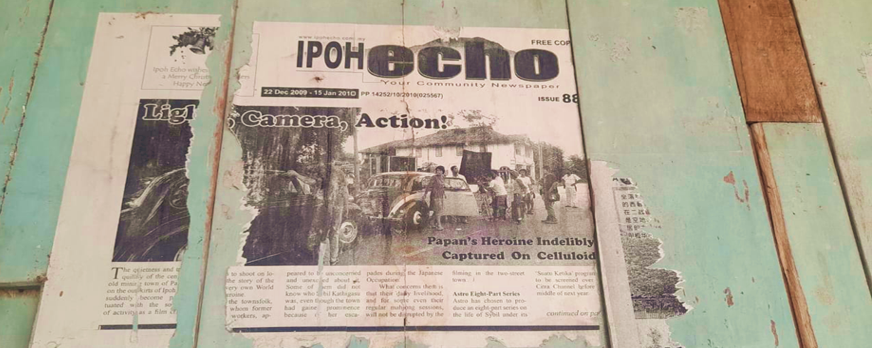

We walked on further into a small road leading to the Mandailing heritage sites where the Rumah Asal Raja Bilal, built in 1883, and Rumah Besar Raja Bilal, constructed in 1896, which were both recognized as national heritage buildings, stand. These magnificent structures transported us back in time, imagining the lives of the Mandailing noblemen who once resided within its doors.
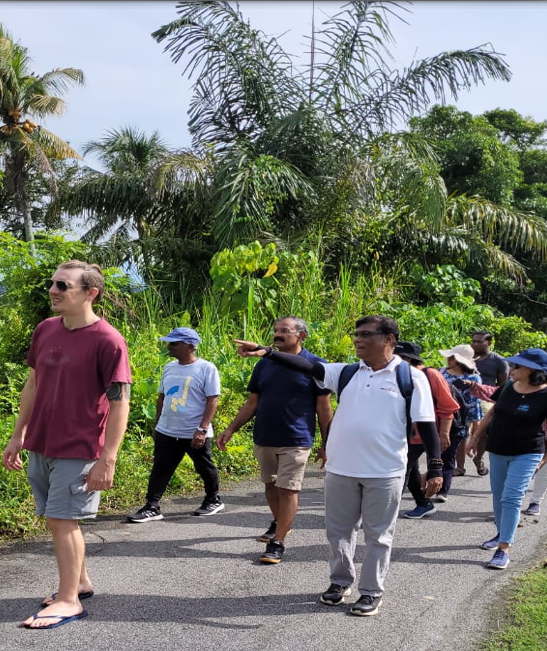

As we strolled through further in, we came across the oldest Mandailing-style mosque in Perak. We took a moment to appreciate the cultural significance of the mosque and its importance to the local community.
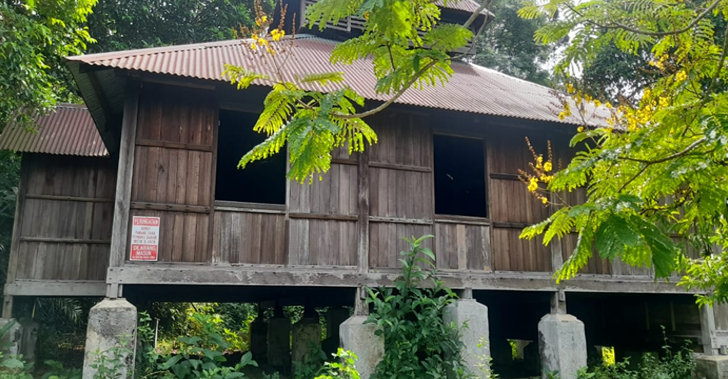

While exploring Papan’s historical sites, one cannot miss the charming alleyways adorned with colourful hand-painted murals. Vibrant images of koi and goldfish, flowers, and rocks embellish the alley streets, infusing the town with an artistic and whimsical spirit.
These visual delights, brought to life by the creativity of villagers and dedicated volunteers, breathe new energy into Papan’s faded facades. Follow the fish and that will lead you to the Papan Heritage Gallery.
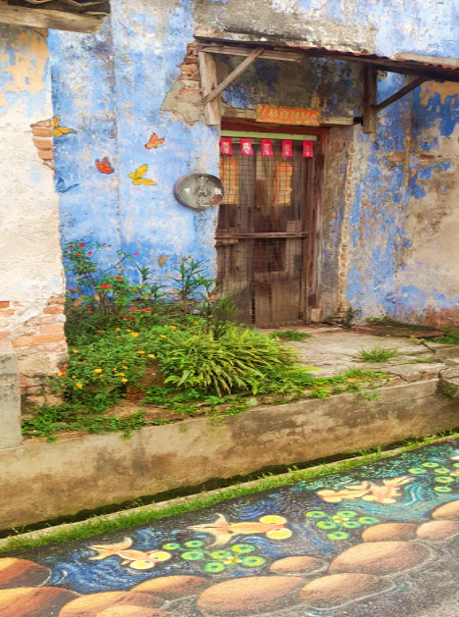

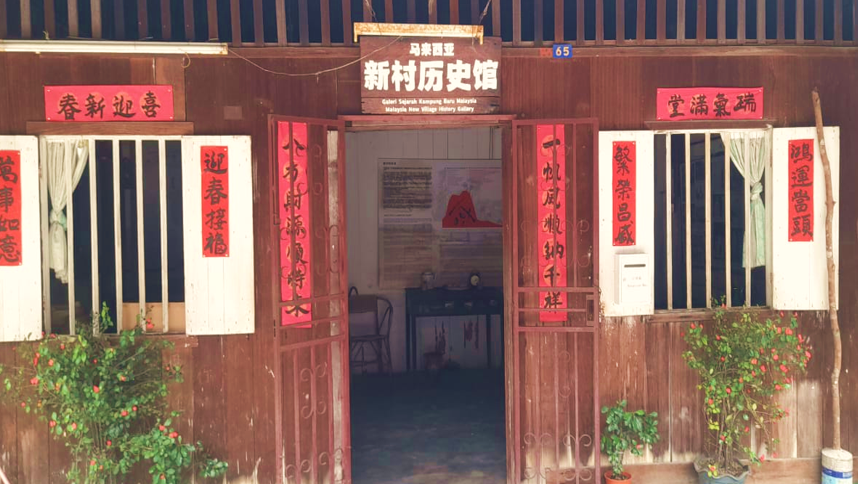

A visit to the Papan Heritage Gallery enriched our understanding of the town’s history. The gallery showcases a remarkable collection of relics, photographs, and tools; offering insights into the mining era and the lives of the locals who shaped Papan’s identity. It was a captivating experience that deepened our appreciation for the town’s heritage.
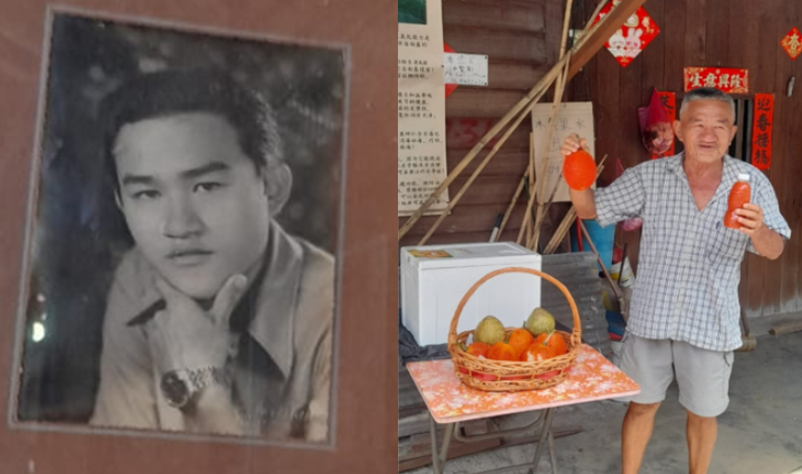

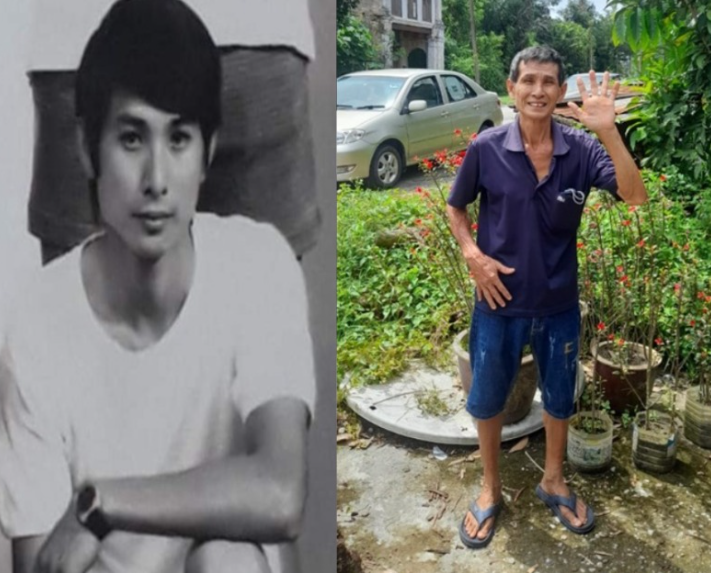

During our tour, Sundra also emphasised the importance of supporting the local community. Papan may be a small town, but its coffee shops offer a glimpse into its people. We stopped to get some cold drinks and on offer to us were some Chinese style nasi lemak and noodles.
It was heartening to see the locals gather on Sundays, savouring their favourite food and engaging in lively conversations. By patronising these local establishments, we would not only savour delectable flavours but also contribute to the preservation of Papan’s unique identity.


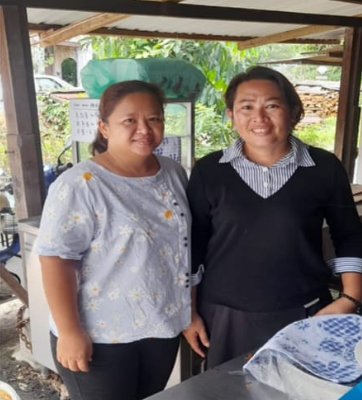

In Papan, the echoes of yesteryears reverberate through its streets, telling tales of triumphs and tribulations. The town’s slow-paced rhythm and warm-hearted locals create an atmosphere of serenity, enveloping visitors in a sense of belonging.
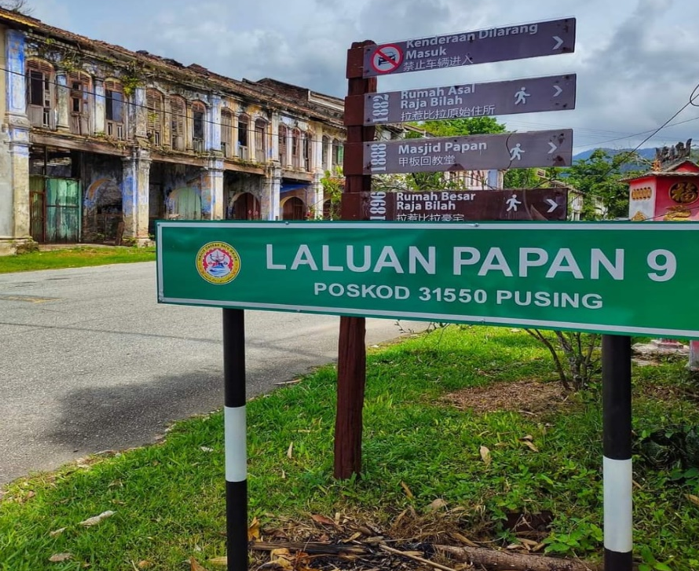

As we step back into the world, let us embrace the importance of supporting local establishments. Papan, with its rich heritage and captivating allure, beckons us to be active participants in its story, to discover its tales, and to leave our own lasting impressions. By doing so, we become guardians of a legacy that warrants reverence and jubilation for future generations.


